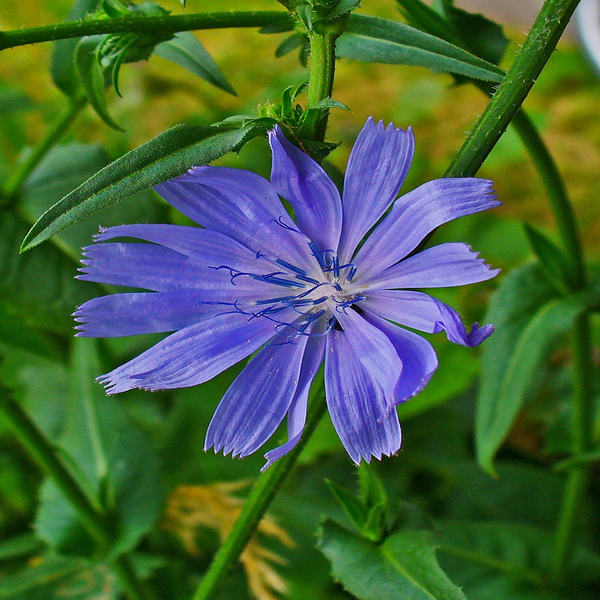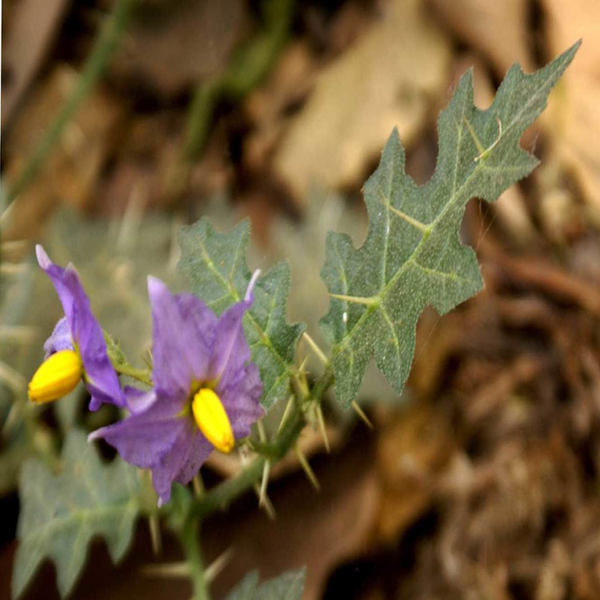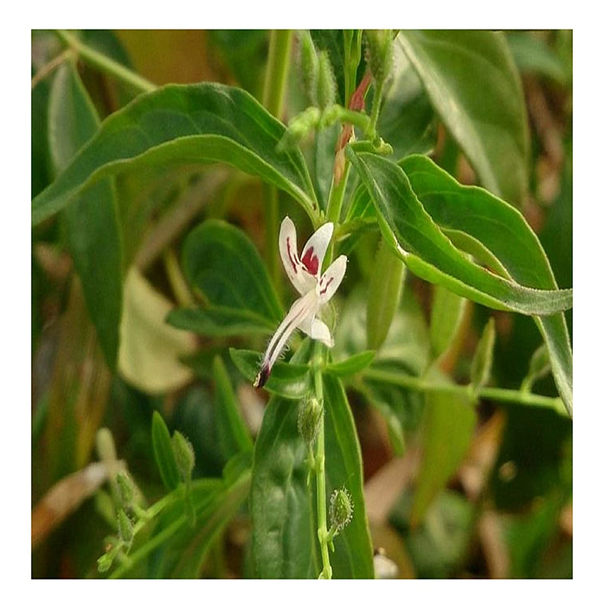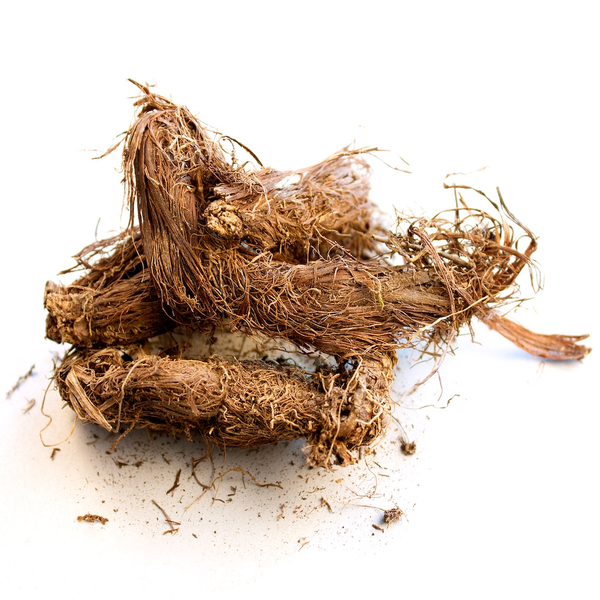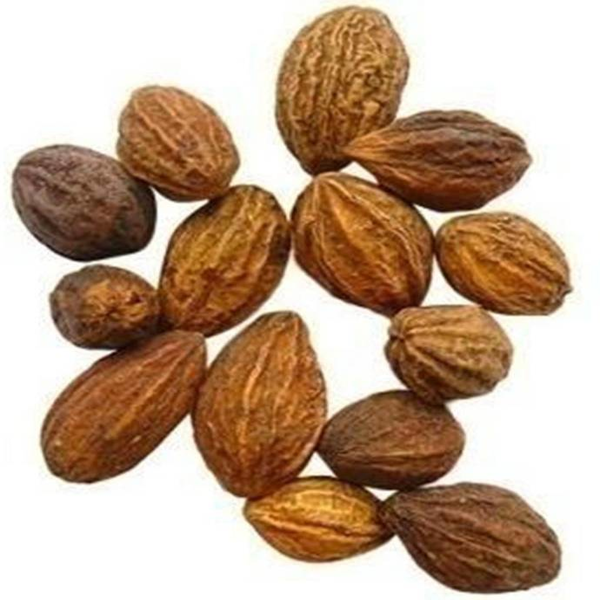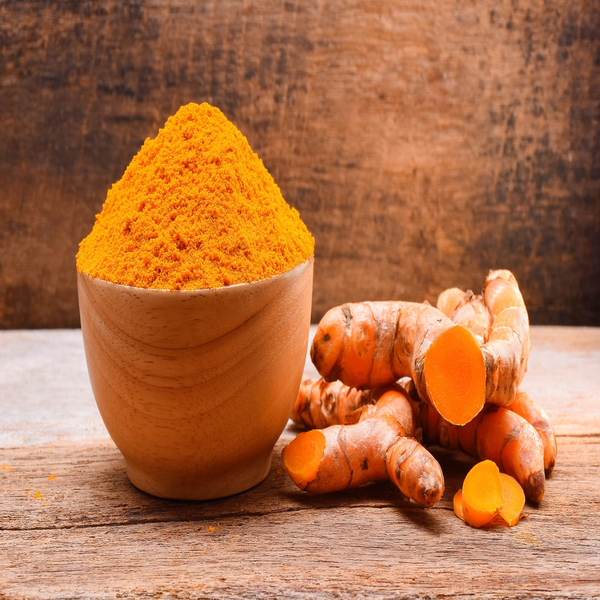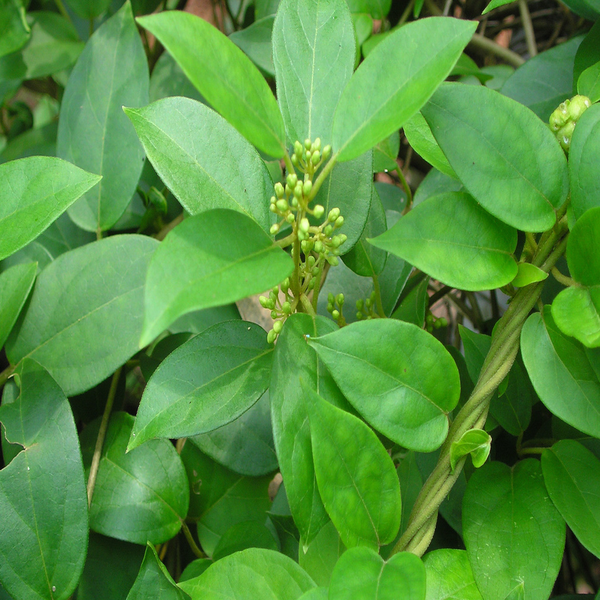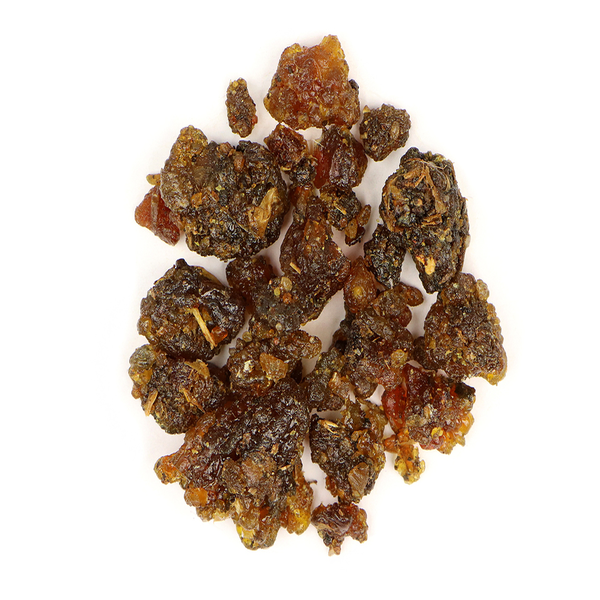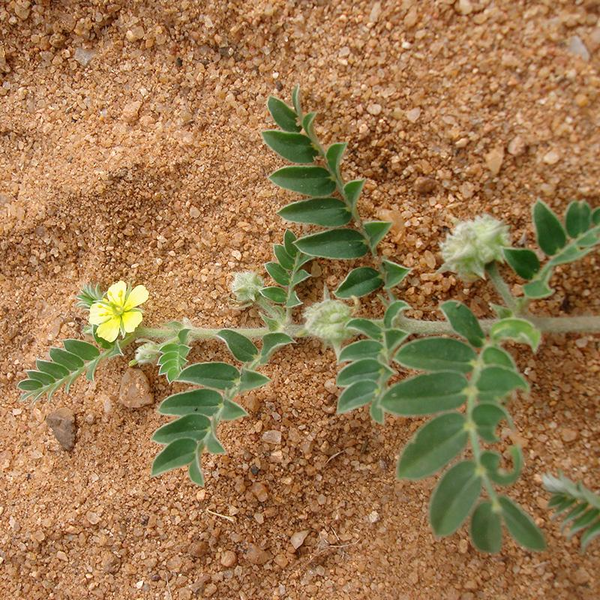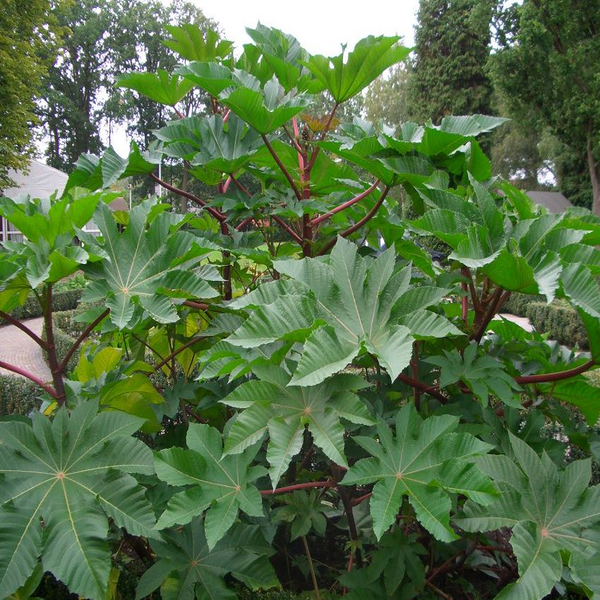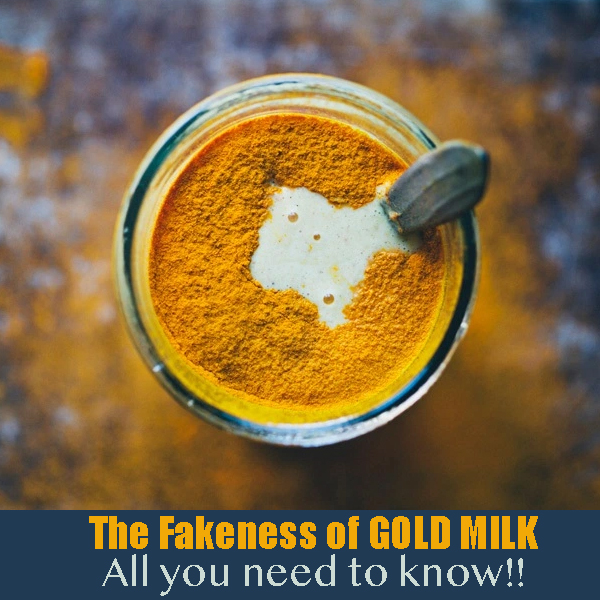-
October 9th, 2019Kasani
Kasani, Chicorum intybus; is the herb for natural cure of choice for liver problems– it works as a hepato-protective, liver stimulant and cholagouge. The best selling medicine for liver disorders- Liv-52 and its variants are successful due to this herb alone. As liver is the main place for Pitta and it regulates the Pitta so… Continue reading Kasani
-
October 9th, 2019Kantakari
Kantakari; Solanum xanthocarpum– is a drug of choice for the conditions like bronchitis because it dilutes the mucus (Kapha) and relaxes the air passages of the lungs (Vata) at a same time. So use of Kantakari in above conditions never just pacifies the problem but also remove all the root cause of the problem. For deworming… Continue reading Kantakari
-
October 9th, 2019Kalmegha
Kalamegh; Androgaphis paniculata is a great antipyretic herb, where modern day anti-pyretic medicines can cause severe complications with your kid like- behavioral problem, internal bleeding in organs- Kalamegha and Chirayata prove the best solutions for the same and are safer. Kalmegha also improves the skin texture and quality, improves functions of liver and also helps… Continue reading Kalmegha
-
October 9th, 2019Jatamansi
Because its root has thick and too many hairs (Jata in Sanskrit) it brings the name Jatamansi to this wonderful herb. Jatamansi relieves the stress, anxiety and depression and induces healthy sleep. Healthy sleep mean- without any addiction and depression effect. Jatamansi is a herb of choice for natural support for mental disorders like schizophrenia… Continue reading Jatamansi
-
October 9th, 2019Haritaki
Haritaki; Terminalia chebula is termed as the mother of human beings. As a mother never does bad for her progeny similarly this never does bad for the health of a fellow. Haritaki benefits a fellow in all aspects. It improves the working of digestive system, rejuvenates each and every part of the body; cleanse out… Continue reading Haritaki
-
October 9th, 2019Haridra
Haridra; Curcuma longa also known as turmeric which is a commonly found spice in kitchen is one of the best blood purifier. It is well known for its complexion enhancing action, anti bacterial activity and healing qualities. Along with these it also possesses scraping action so help in removing the unwanted fats from the body;… Continue reading Haridra
-
October 9th, 2019Gurmar
“Gur” stands for jiggery and “mar” for killing and eliminating these two words make Gurmar- so the herb which can kill the sweet taste is known as Gurmar. Once you chew the powder of Gurmar leaves- you will lose the sensation for the sweet taste and even chocolate will be like a tasteless paste. It… Continue reading Gurmar
-
October 9th, 2019Guggulu
Guggulu, Commiphora Mukul is well known for its analgesic effects. This is just a part of the picture. It is good for all the three Doshas so the spectrum of the It is really rich, which made Ayurveda bring a complete section of supplements where It was the base. This is a really strange herb,… Continue reading Guggulu
-
October 9th, 2019Gokshura
Gokshura; Tribulus terrestris is the herb of choice for the treatment for the urinary and genital systems. Generally it is thought that it works only on the male genital system but not true- it works similarly on both male and female genital system. Because this herb’s habitat is dry and xerophytic conditions so it stores… Continue reading Gokshura
-
October 9th, 2019Eranda
Eranda: Ricinus communis also known as Castor Plant is the best remedy for all Vata diseases especially lower backache, sciatica and digestive disturbances. It is termed as the enemy for Vata because of its purificatory action on Vata. Eranda is useful in all painful conditions; rheumatoid arthritis, constipated bowel, fluid retention, hernia (preventive use), and… Continue reading Eranda




